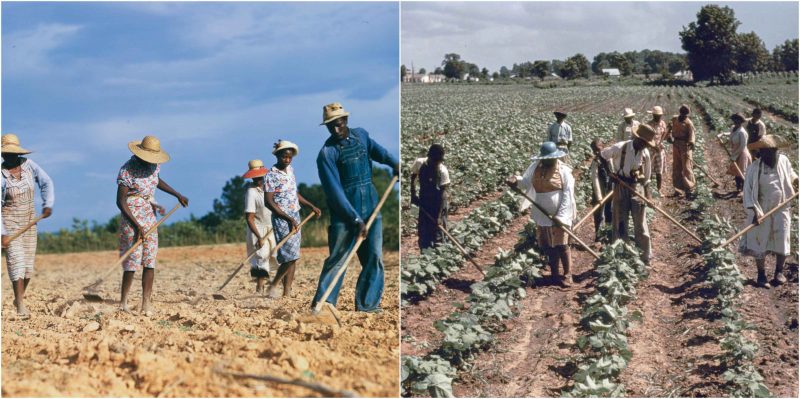By the early 1930’s there were 5.5 million white tenants, sharecroppers, and mixed cropping/laborers in the United States, and 3 million blacks. In Tennessee whites made up two-thirds or more of the sharecroppers. In Mississippi, by 1900, 36% of all white farmers were tenants or sharecroppers, while 85 percent of black farmers were.
Sharecropping continued to be a significant institution in Tennessee agriculture for more than sixty years after the Civil War, peaking in importance, in the early 1930’s when sharecroppers operated approximately one-third of all farm units in the state.
The situation of landless farmers who challenged the system in the rural south as late as 1941 has been described thus: “he is at once a target subject of ridicule and vitriolic denunciation; he may even be waylaid by hooded or unhooded leaders of the community, some of whom may be public officials. If a white man persists in ‘causing trouble’, the night riders may pay him a visit, or the officials may haul him into court; if he is a Negro, a mob may hunt him down.”
Sharecroppers formed unions in the 1930’s, beginning in Tallapoosa County, Alabama in 1931, and Arkansas in 1934. Membership in the Southern Tenant Farmers Union included both blacks and poor whites. As leadership strengthened, meetings became more successful, and protest became more vigorous, landlords responded with a wave of terror.
Sharecroppers’ strikes in Arkansas and the Bootheel of Missouri, the 1939 Missouri Sharecroppers’ Strike, were documented in the film Oh Freedom After While. The plight of a sharecropper was addressed in the song Sharecropper’s Blues recorded by Charlie Barnet and His Orchestra with vocals by Kay Starr (Decca 24264) in 1944. It was rerecorded and released by Capitol with Starr being backed by the “Dave Cavanaugh Ork” (Capitol Americanna 40051). Decca then reissued the Barnet/Star recording. All Photos by JACK DELANO/LIBRARY OF CONGRESS
![By the early 1930s there were 5.5 million white tenants, sharecroppers, and mixed cropping/laborers in the United States, and 3 million blacks.[21][22] In Tennessee whites made up two thirds or more of the sharecroppers.[18] In Mississippi, by 1900, 36% of all white farmers were tenants or sharecroppers, while 85 percent of black farmers were.[17] Sharecropping continued to be a significant institution in Tennessee agriculture for more than sixty years after the Civil War, peaking in importance in the early 1930s, when sharecroppers operated approximately one-third of all farm units in the state.[18] The situation of landless farmers who challenged the system in the rural south as late as 1941 has been described thus: "he is at once a target subject of ridicule and vitriolic denunciation; he may even be waylaid by hooded or unhooded leaders of the community, some of whom may be public officials. If a white man persists in 'causing trouble', the night riders may pay him a visit, or the officials may haul him into court; if he is a Negro, a mob may hunt him down."[23] Sharecroppers formed unions in the 1930s, beginning in Tallapoosa County, Alabama in 1931, and Arkansas in 1934. Membership in the Southern Tenant Farmers Union included both blacks and poor whites. As leadership strengthened, meetings became more successful, and protest became more vigorous, landlords responded with a wave of terror.[24] Sharecroppers' strikes in Arkansas and the Bootheel of Missouri, the 1939 Missouri Sharecroppers' Strike, were documented in the film Oh Freedom After While.[25] The plight of a sharecropper was addressed in the song Sharecropper's Blues recorded by Charlie Barnet and His Orchestra with vocals by Kay Starr (Decca 24264) in 1944.[26] It was rerecorded and released by Capitol with Starr being backed by the "Dave Cavanaugh Ork" (Capitol Americanna 40051).[27] Decca then reissued the Barnet/Star recording.[28] In the 1930s and 1940s, increasing mechanization virtually brought the institution of sharecropping to an end in the United States.[18][29] The sharecropping system in the U.S. increased during the Great Depression with the creation of tenant farmers following the failure of many small farms throughout the Dust bowl. Traditional sharecropping declined after mechanization of farm work became economical in the mid-20th century. As a result, many sharecroppers were forced off the farms, and migrated to cities to work in factories, or become migrant workers in the Western United States during World War II.](https://www.thevintagenews.com/wp-content/uploads/sites/65/2016/04/A-church-in-a-cornfield-in-Manning-South-Carolina.June-1939-640x439.jpg)
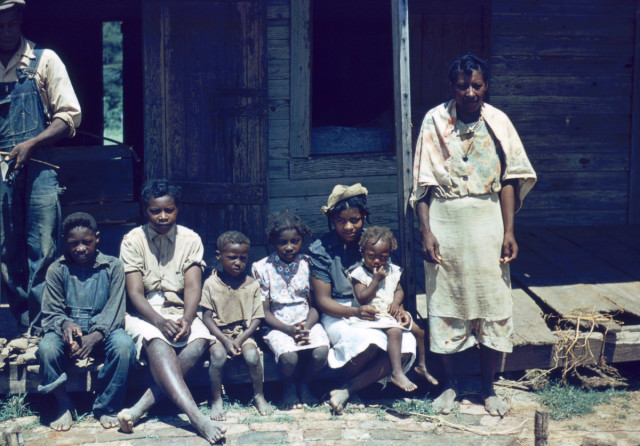
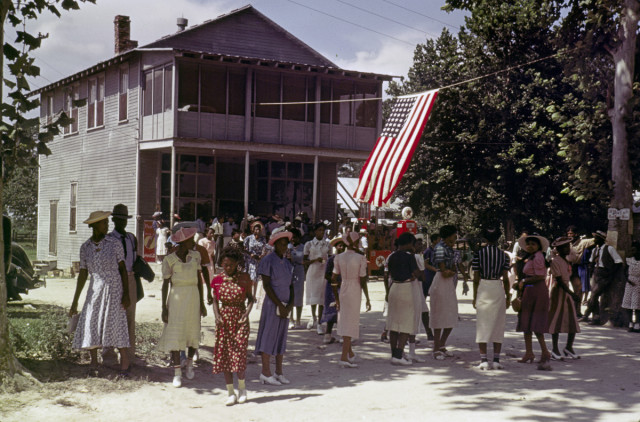
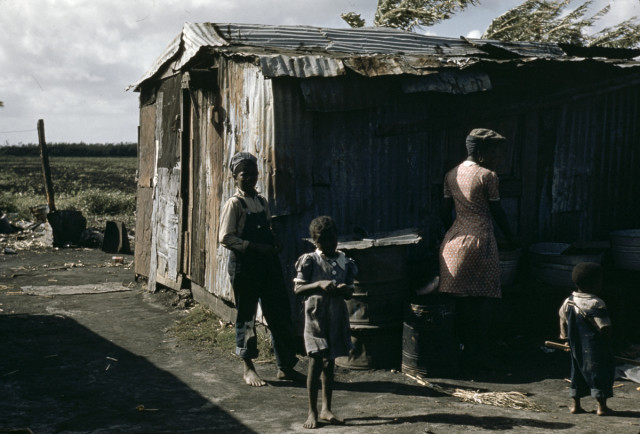
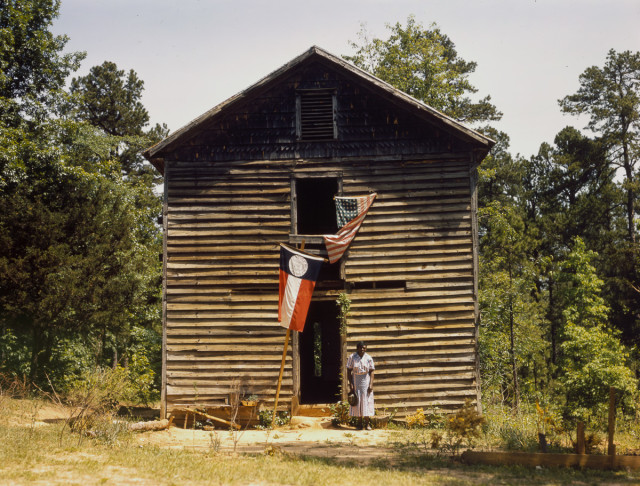
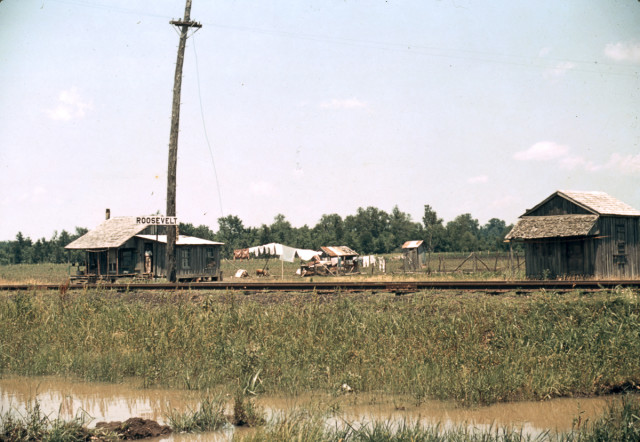
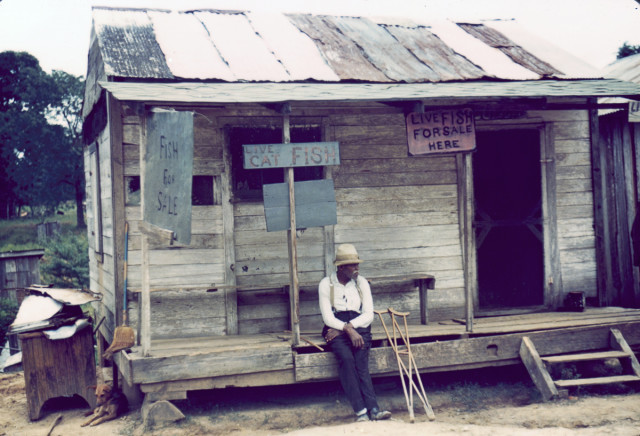
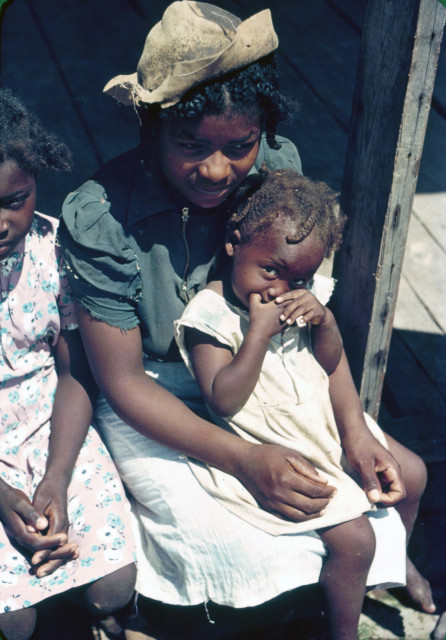
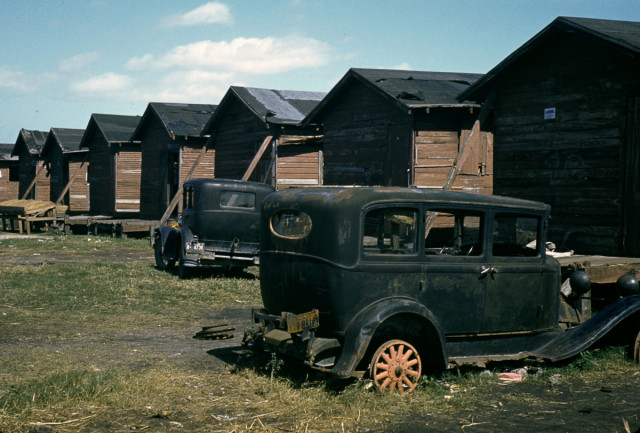
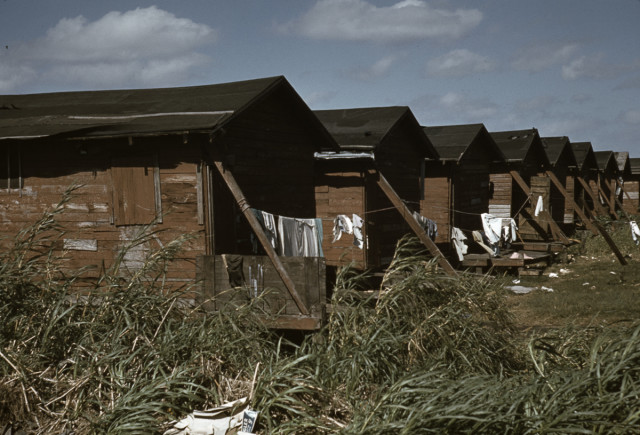
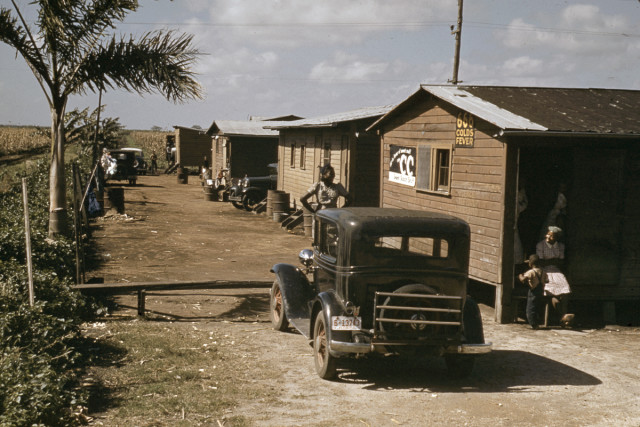
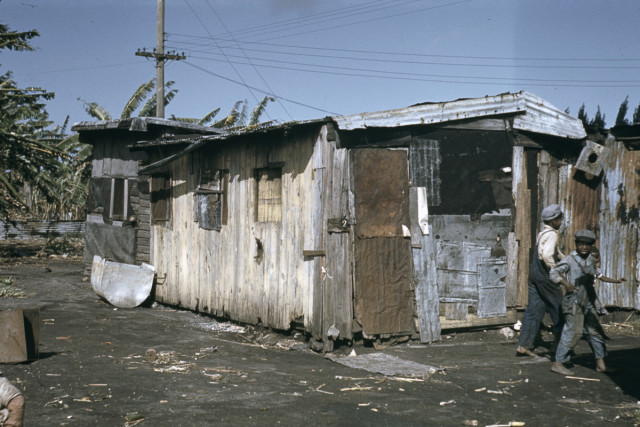
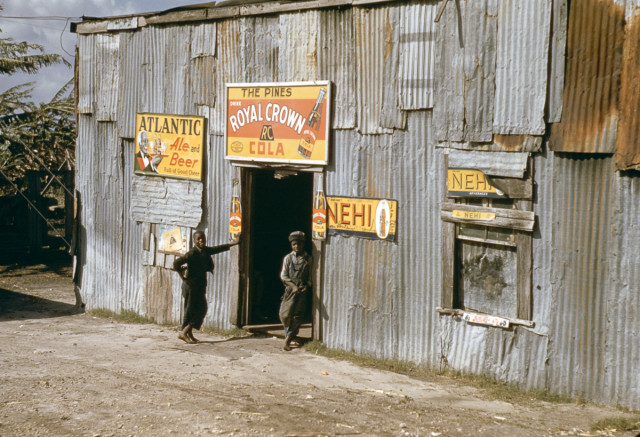
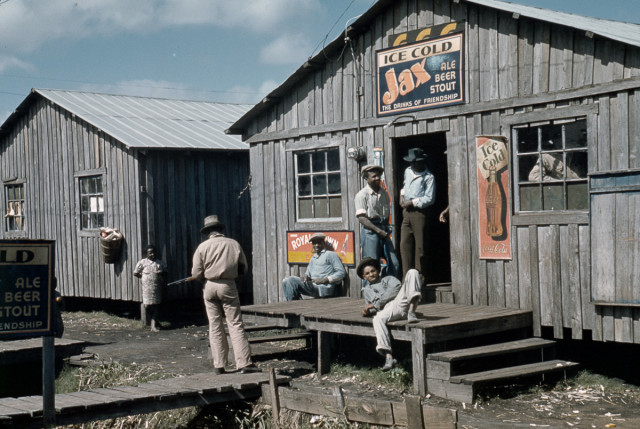
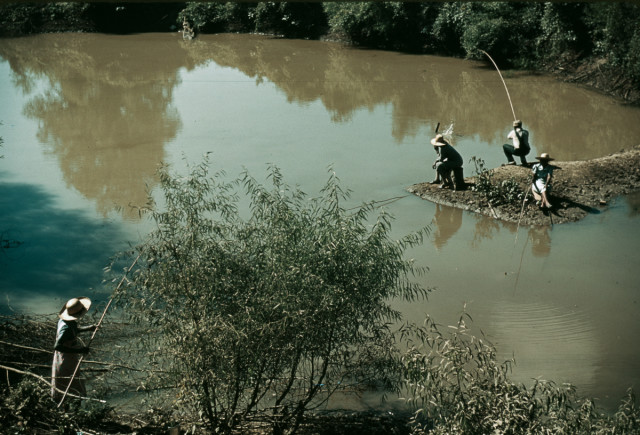
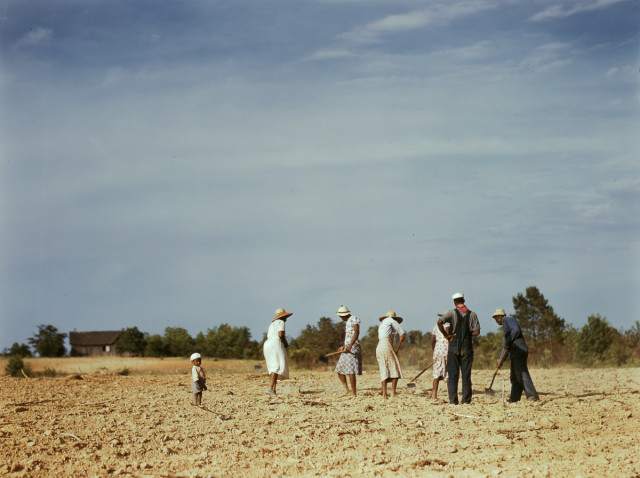
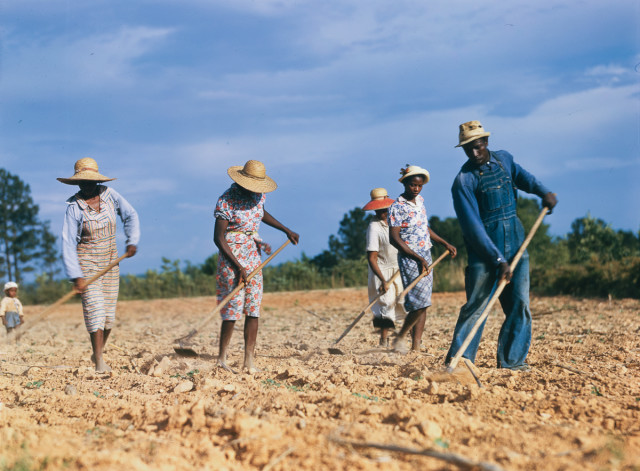
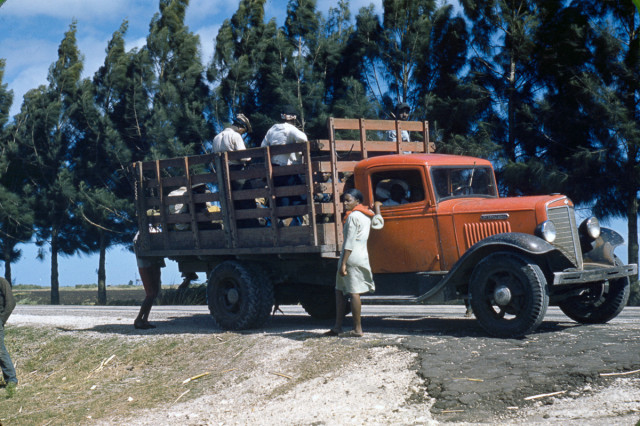
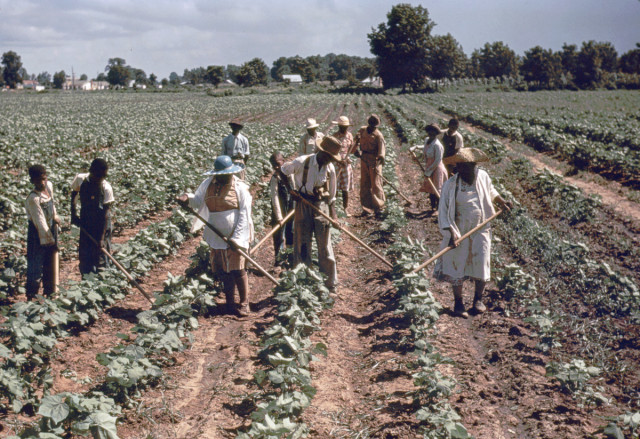
In the 1930’s and 1940’s, increasing mechanization virtually brought the institution of sharecropping to an end in the United States. The sharecropping system in the U.S. increased during the Great Depression with the creation of tenant farmers following the failure of many small farms throughout the Dust Bowl. Traditional sharecropping declined after the mechanization of farm work became economical in the mid-20th century. As a result, many sharecroppers were forced off the farms, and migrated to cities to work in factories, or become migrant workers in the Western United States during World War II.
